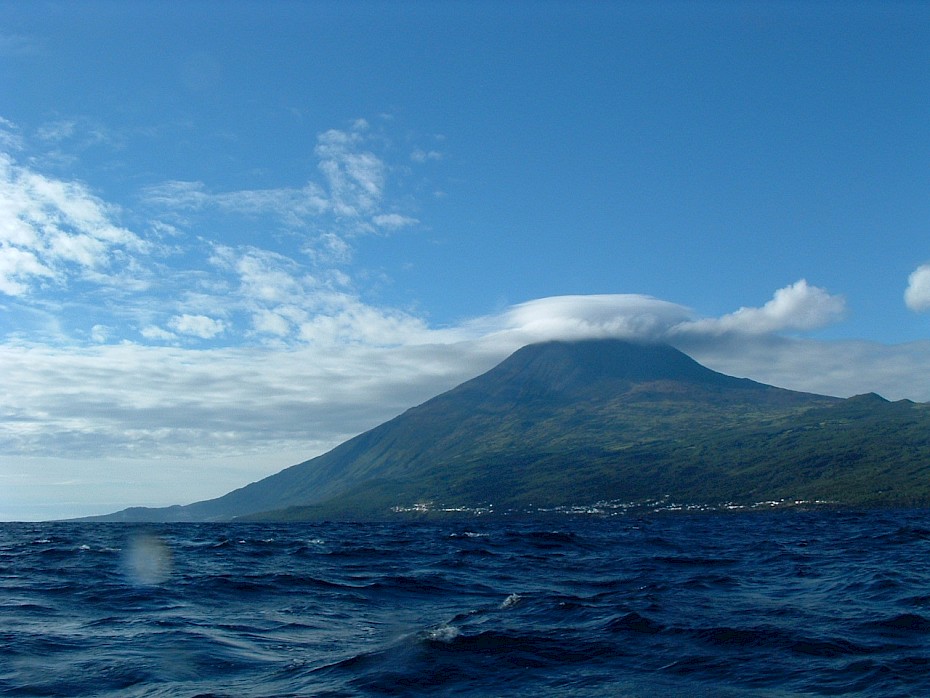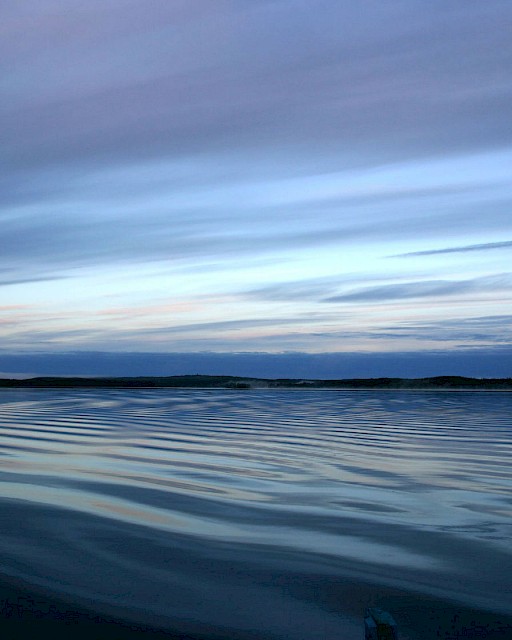Region V: Wider Atlantic
Region V represents the deep waters of the North-East Atlantic extending across the abyssal plain and the Mid-Atlantic Ridge, and including many seamounts. There have been recent discoveries of a number of different fragile deep-sea habitats (such as hydrothermal vents, carbonate mounds, coral gardens and sponge communities). Human population in the region is restricted to the Azores Archipelago. The main human activities are fishing and maritime transport.
Region V, the Wider Atlantic, extends between 62° N and 36° N and from 42° W to 10° W off Iberia and France and the 200 m depth contour off Ireland and the British Isles.
Region V represents the deep waters of the North-East Atlantic. Its topography ranges from continental slopes, through the sharply fluctuating seabed associated with seamounts, banks of fragmented continental rocks and the Mid-Atlantic Ridge, to extensive areas of almost featureless abyssal plain.
Hence the North Atlantic is a pivotal region from which oceanic and climatic fluctuations are rapidly transferred to all other oceans. Movement in the upper layers of the water column is generally from west to east. There are outflows to the Nordic Seas in the north-east, and these are important in maintaining a relatively mild climate in North-West Europe. In the deeper layers there are inflows of bottom waters from the Mediterranean Sea (originating in the Southern Ocean) and, most importantly, of cold waters spilling over the shallow banks from the Nordic Seas. At intermediate depths cold water also flows in from the Labrador Sea. The region also includes the meandering sub-polar front which separates cool northern waters from warmer southern waters and sustains a relatively high abundance and biomass across the foodweb.

Bottom sediments vary according to the topography and the local currents. Where the topography is rugged, crustal rocks may be exposed, especially along the Mid-Atlantic Ridge and in the Charlie Gibbs Fracture Zone where the seafloor was formed relatively recently. However, on the abyssal plains the seabed is generally covered with thick accumulations of sediment. Throughout much of the region the prevailing winds are south-westerly. The winds in the region are influenced by depressions, which typically track across the region from the south-west. The frequency and violence of storms increase in winter, and from south to north.
Human population in the region is restricted to the Azores Archipelago. Improvements in local infrastructure resulting from European Union grants and the development of a thriving tourist industry have reversed a slow decline in population. The growth of the cruise industry has resulted in a considerable increase in the size of cruise ships crossing the region. Tourism is of considerable importance to the economy of the Azores. Inshore activities have increased, as has ecotourism especially whale watching. Fishing activities within Region V are highly diverse including inshore fisheries in the Azores and deep sea fisheries on several seamounts and the Reykjanes ridge. Other human activities include: sand and gravel extraction (only around the Azores), shipping, the laying of communication cables and military activities.
Pelagic faunas are twice as diverse to the south of 40º N than to the north, but their biomass shows the reverse. The benthic communities are much richer in species than the pelagic communities, and show a similar latitudinal step in species richness. Deeper-living species of fish are almost without exception slower-growing, longer-lived and less fecund than their shallow-living counterparts. In addition, there have been recent discoveries of a number of different fragile deep-sea habitats (such as hydrothermal vents, carbonate mounds, cold-water coral reefs, coral gardens and sponge communities).

